If you have a garden, you’ve likely wrestled with the eternal question: How much water do my plants really need?
That’s why I created this plant watering calculator—to take the guesswork out of knowing how much to water your plants. Simply input details about your plants and garden conditions, and the tool will output the optimal amount of water needed each week.
Plant watering calculator
Results
* For newly planted trees, apply this amount of water daily for the first 2 to 3 weeks, then every other day until week 12, and then weekly until the tree is established (which typically takes about 1 1/2 years for every inch of trunk caliper).
Note that the results shown above are only guidelines and may require adjustment due to other factors, such as time of year, drought, excessive rain, age of plants, use of mulch, or type of gardening (growing in containers vs. growing in the ground, for instance).
How to use this tool
You’ve probably heard the typical advice to give plants “1 inch of water per week,” but that’s about as clear as mud. (I break down the math in another post about what an inch of water really means in the garden.)
It gets even more confusing when you take into account all the different types of plants, the makeup of your soil, and even what the weather’s like in your particular region.
This calculator factors all of that in to give you a simple starting point for your watering, measured in gallons.
- Select plant type: Choose the type of plant you’re watering. Options include vegetables, flowers, shrubs, and newly planted trees.
- Select soil type: Choose the type of soil in your garden. Options include sandy, loamy, and clay.
- Select climate: Choose the general climate in your area. Options include dry, moderate, and wet.
- Enter plant size: Input the size of your plant in square feet. For multiple plants, calculate the total area they occupy in square feet. For trees, input the size of the trunk caliper (diameter) in inches.
- Calculate water amount: Clicking this button will return a recommended amount of water to give your plants each week.
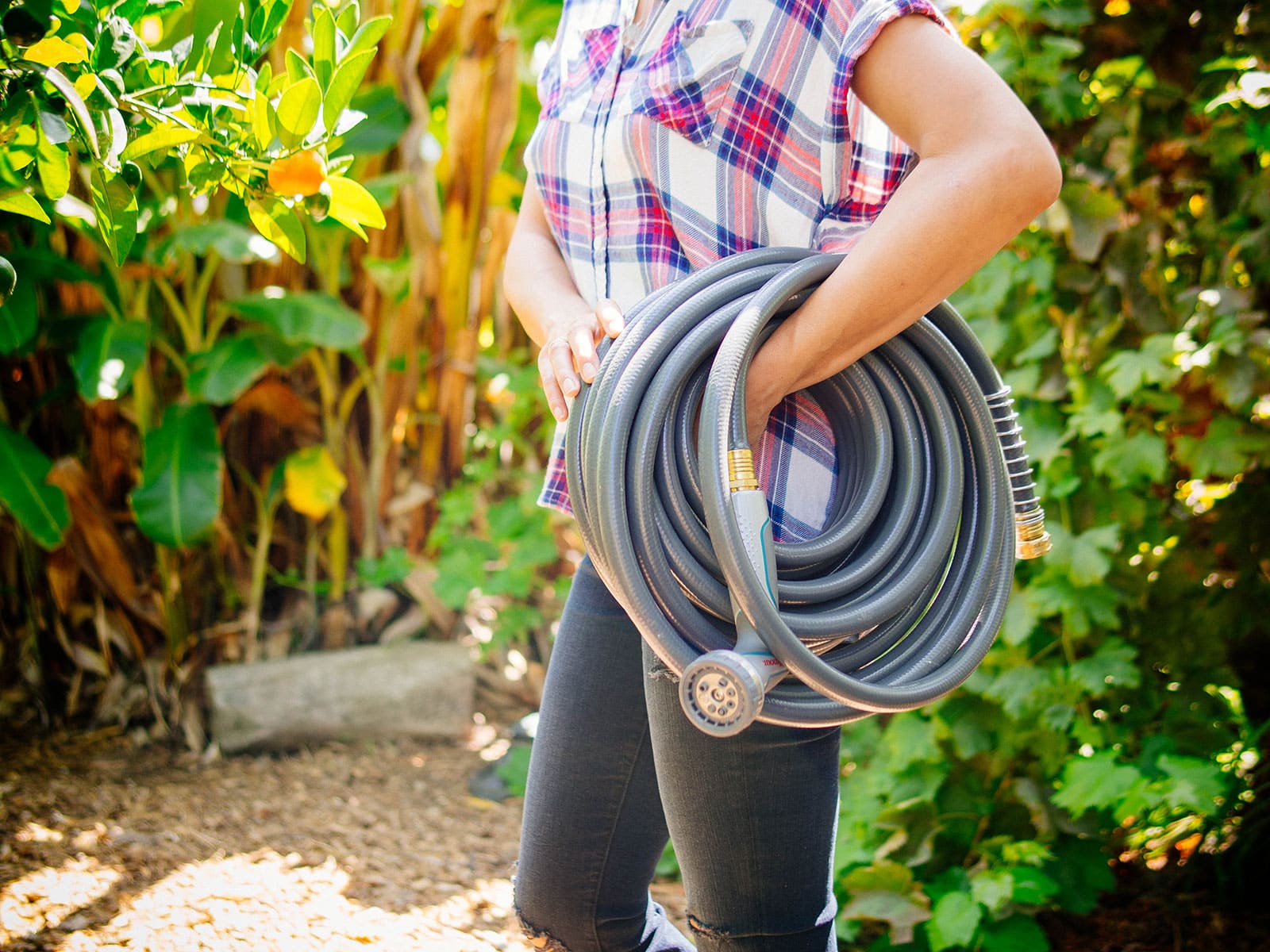
What to do with your results
So now you’ve got an actual number to work with—how do you deliver this amount of water to your plants in the most effective way?
Generally speaking, most plants do best with deeper (but less frequent) watering each week. Many people (including me when I first started gardening) only give plants a small spray of water that wets the top layer of soil.
When you water this way, the moisture quickly evaporates and the roots stay near the surface, making them more likely to dry out (so you have to water more often). They’re also more susceptible to temperature fluctuations, which can lead to heat stress or frost heaves.
When you water deeply—that is, applying water slowly and thoroughly so it saturates the soil—you encourage the roots to travel deeper, where they better anchor the plant and have more moisture and nutrients. And then you water again only when the first few inches of soil feel dry.
This might mean watering deeply two to three times per week, depending on the season and current weather conditions. So take the number of gallons recommended by the calculator and divide by 2 or 3 to get the precise amount of water your plants need per watering session (whether you do it by hand with a garden hose or a watering can, use a sprinkler system, or automate with drip irrigation).
Keep in mind that seedlings and new transplants will need more frequent watering but less water each time, since their roots are shallow.
Drought-tolerant plants, despite their name, still need regular watering until their roots are well established, at which time you can reduce the amount of water you give them.
In winter, your garden still needs water—just scaled back, depending on your climate.
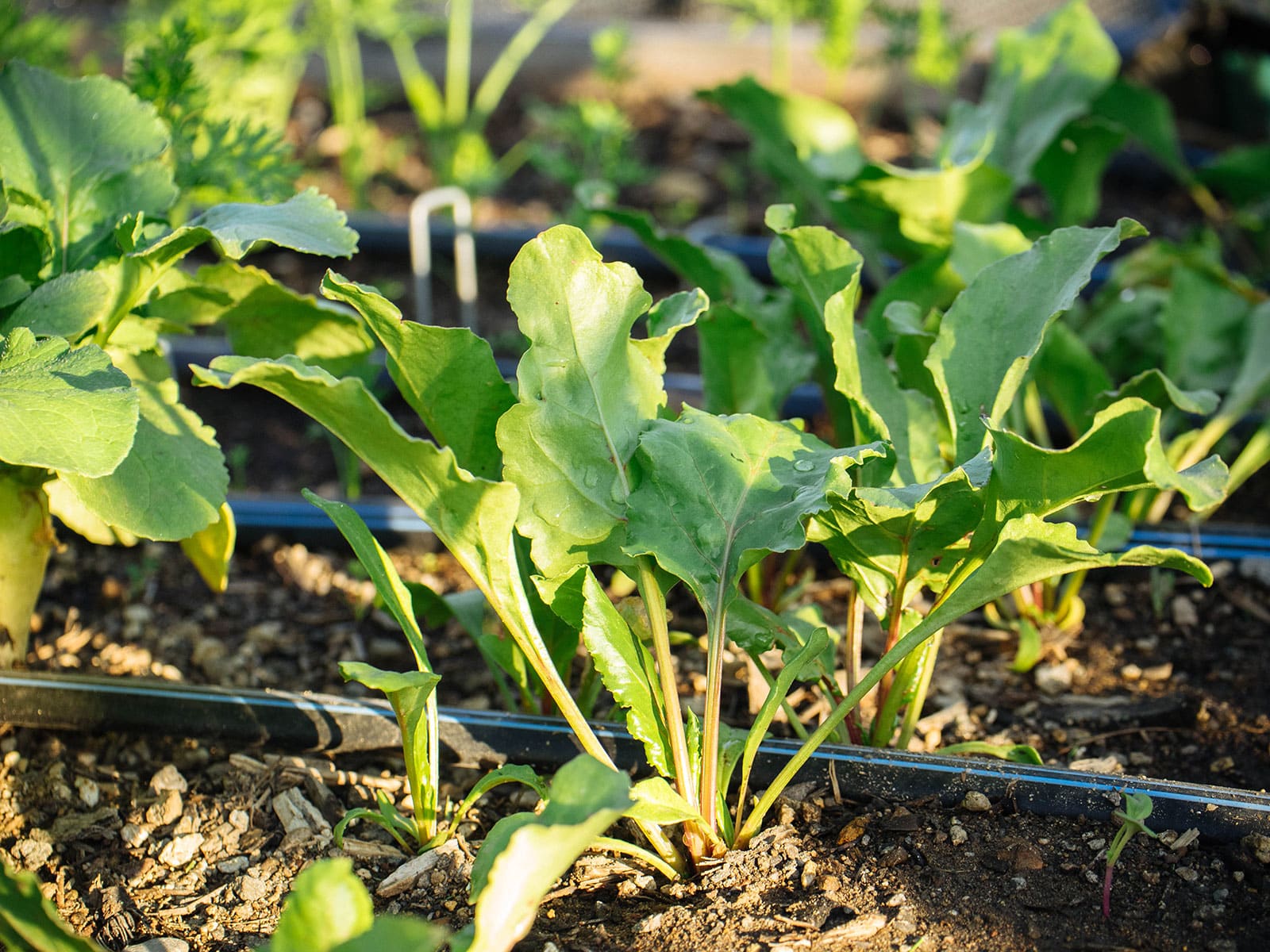
Principles behind the calculator
My plant watering calculator is based on well-established horticultural and agricultural principles to provide more accurate water requirements for different types of plants under varying conditions.
The following key factors are reflected in the calculations:
Plant type
Different plants have different water needs. Vegetables, for instance, usually require more water than flowers. The calculator uses the following baseline amounts for each plant type:
- Vegetables: 0.6 gallons of water per square foot per week
- Flowers: 0.5 gallons of water per square foot per week
- Shrubs: 0.3 gallons per square foot per week
- Newly planted trees: 1.5 gallons per inch of trunk caliper per week (after the first three months)
Soil type
The texture of your soil significantly affects the amount of drainage or moisture retention in your garden, which determines how much water you should give your plants.
- Sandy soil drains more quickly, requiring more water and/or more frequent watering.
- Loamy soil has a good balance of drainage and moisture retention.
- Clay soil is denser and retains moisture longer, requiring less water and/or less frequent watering.
Climate
Local weather conditions (including average rainfall and humidity) influence the evaporation rate and overall water needs of your plants.
- A dry climate has a high evaporation rate, requiring more water.
- A moderate climate has average conditions.
- A wet climate has a lower evaporation rate, requiring less water.


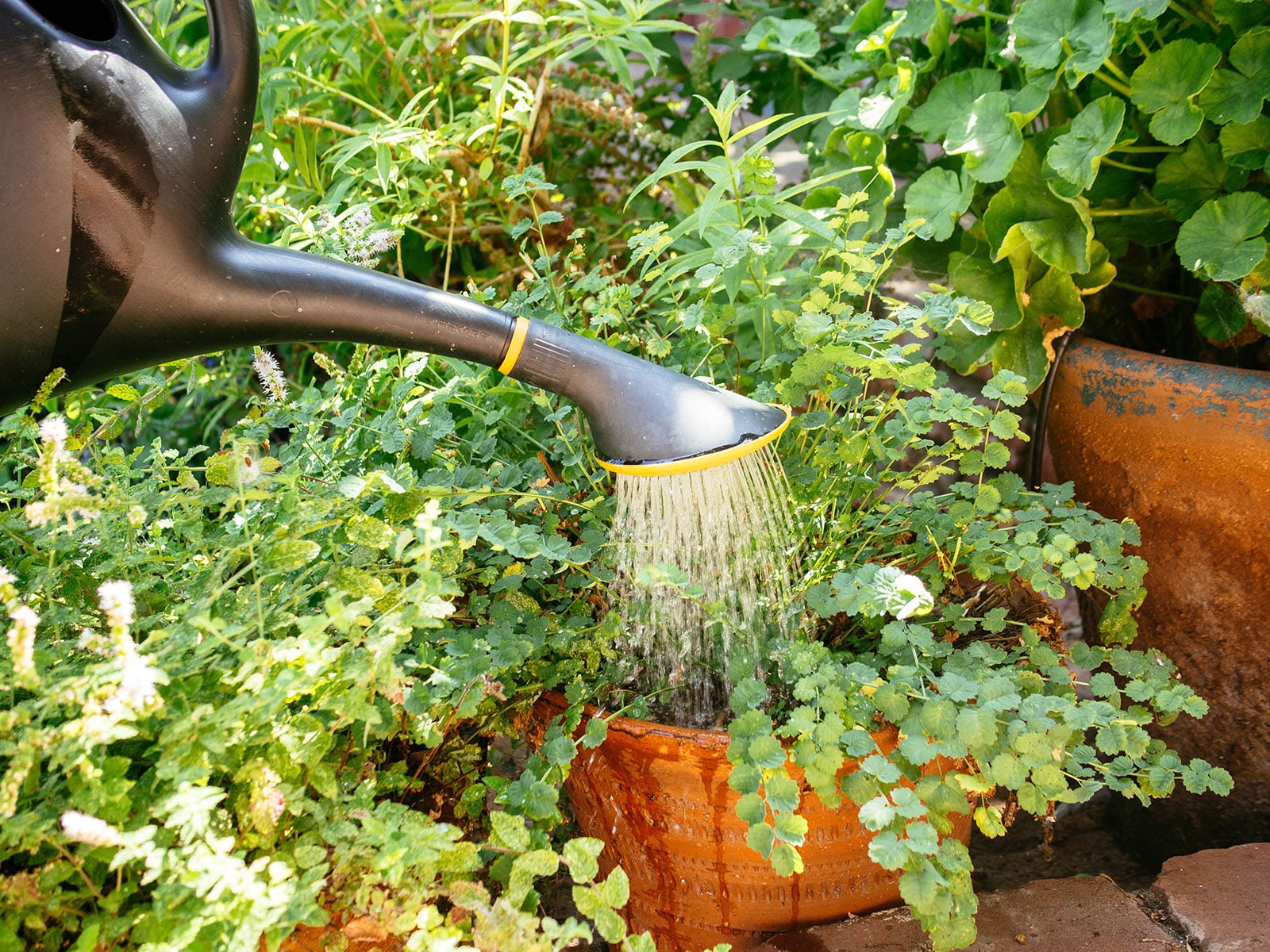
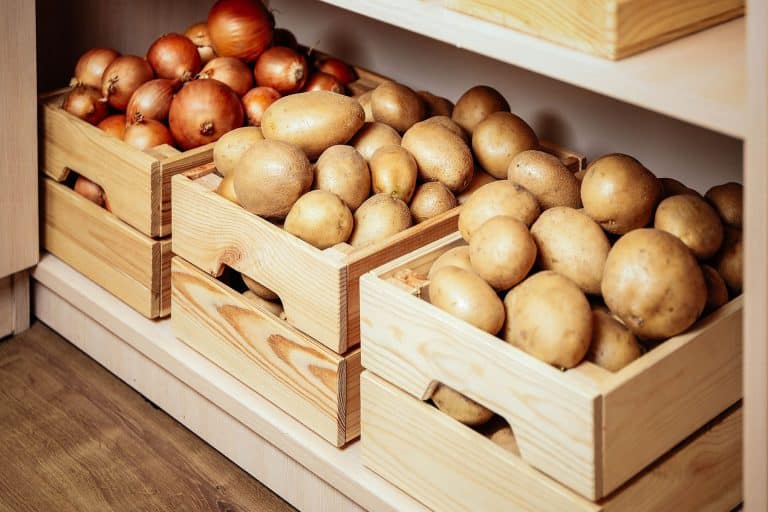
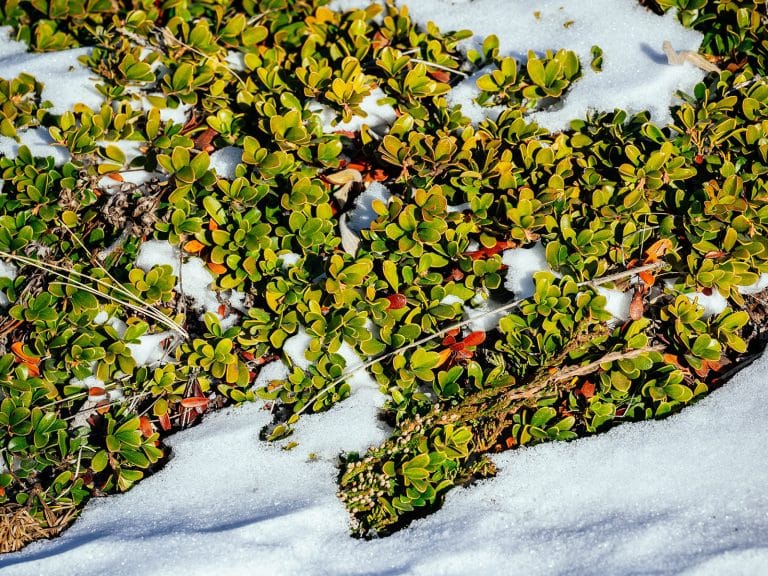
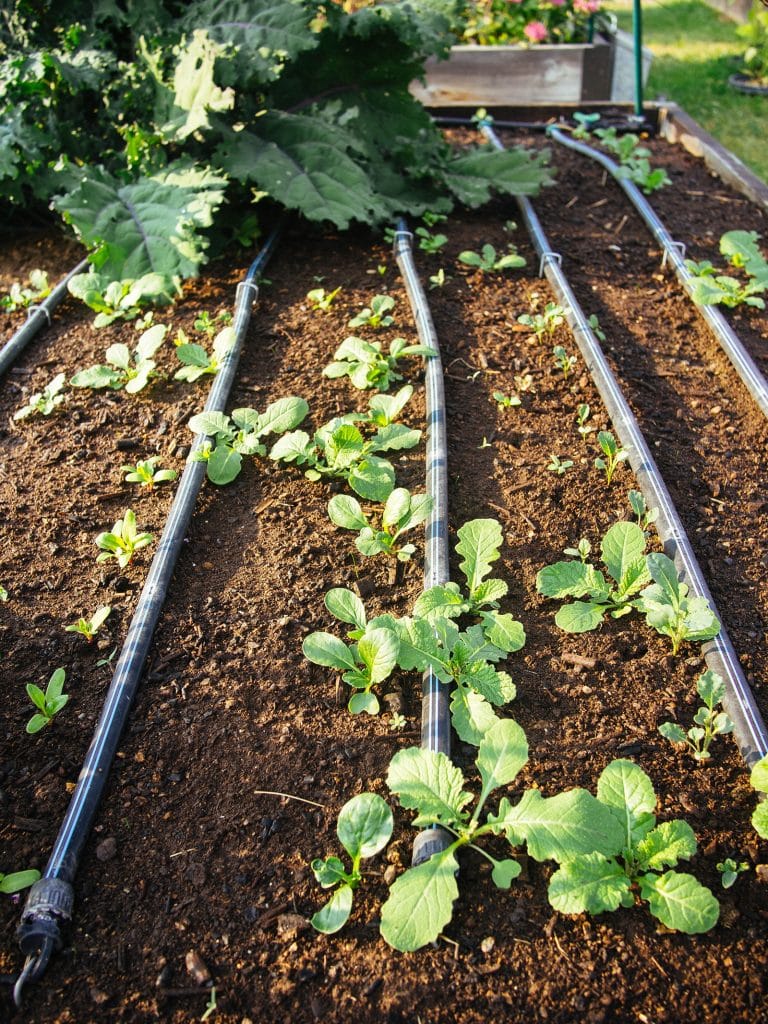
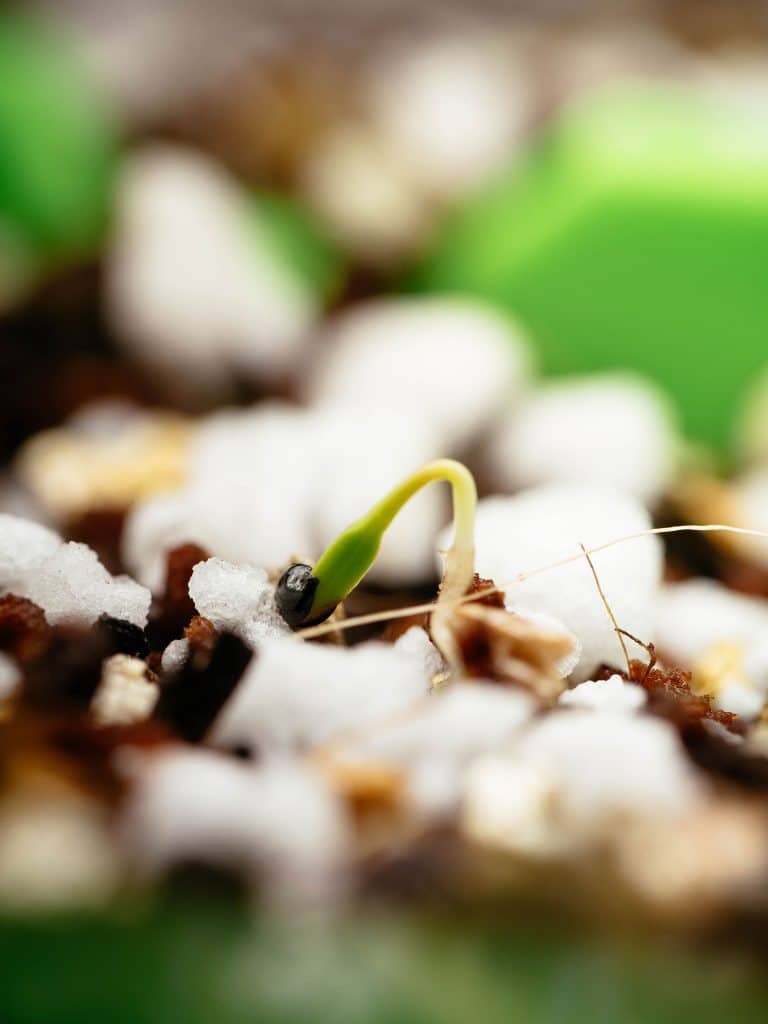


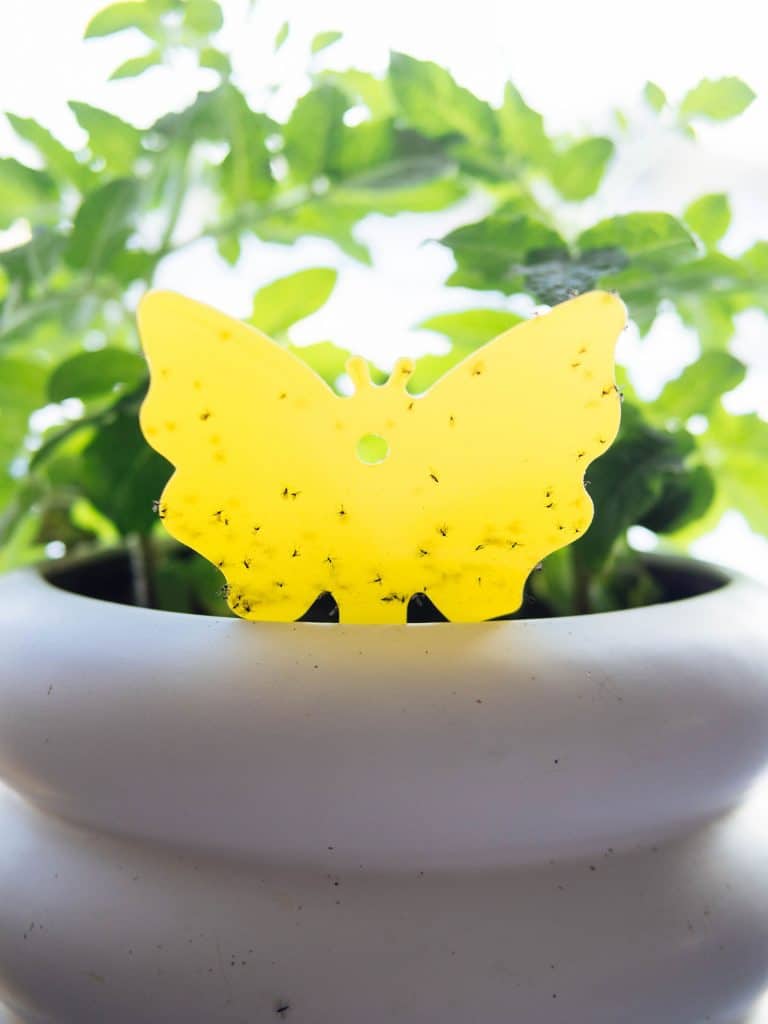
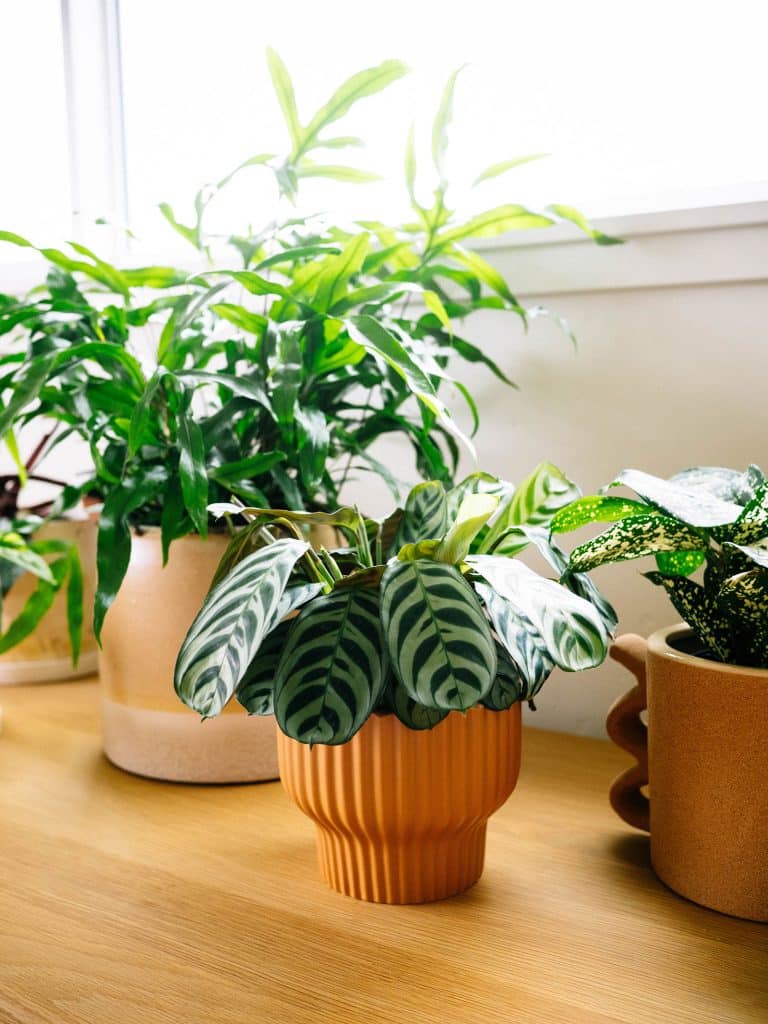
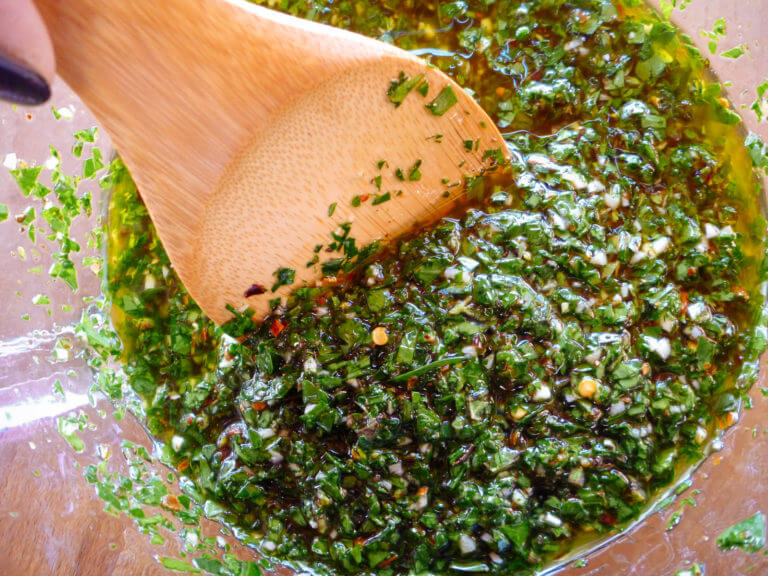

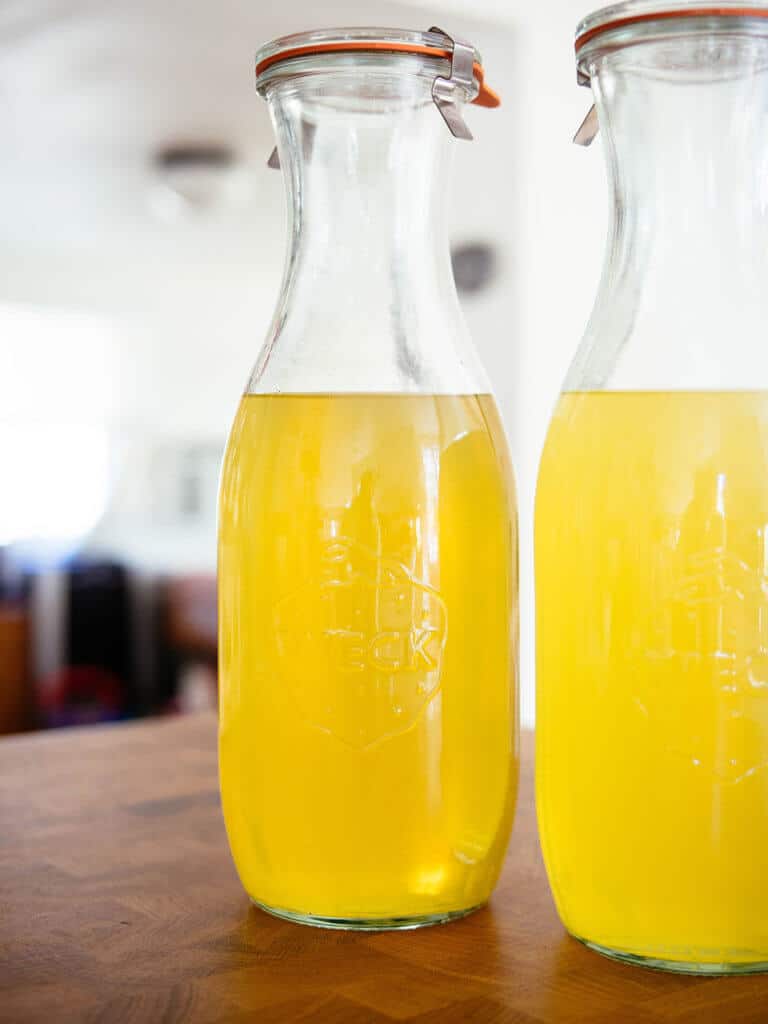
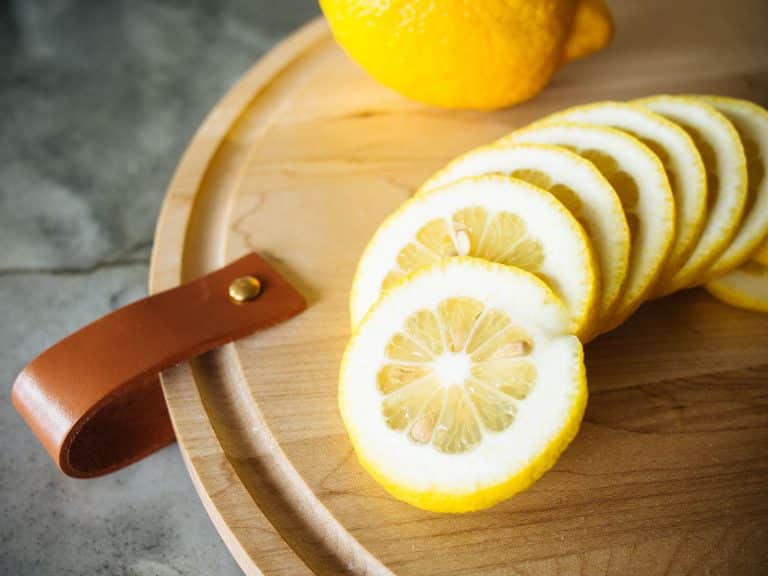

What a great idea to have a watering tool. As a master gardener, when people ask me this question, my answer is intuitive, because that is what works for me. But a lot of people need a chart or a more specific answer. Florida is unique with challenges from sandy soil, wet and dry seasons and excessive sunshine and heat. Add to that a population that gardened successfully in the North and is not successful here. I will share your tool with my master gardener peeps and at my plant clinic and report back. Love your blog. I recommend it as a great resource in the classes I teach